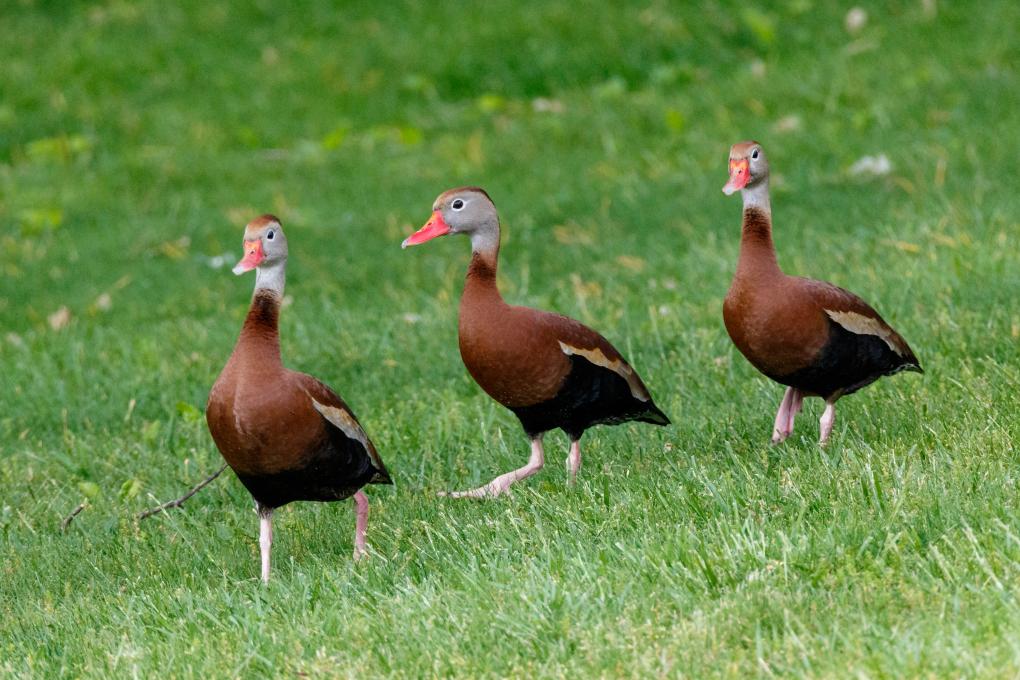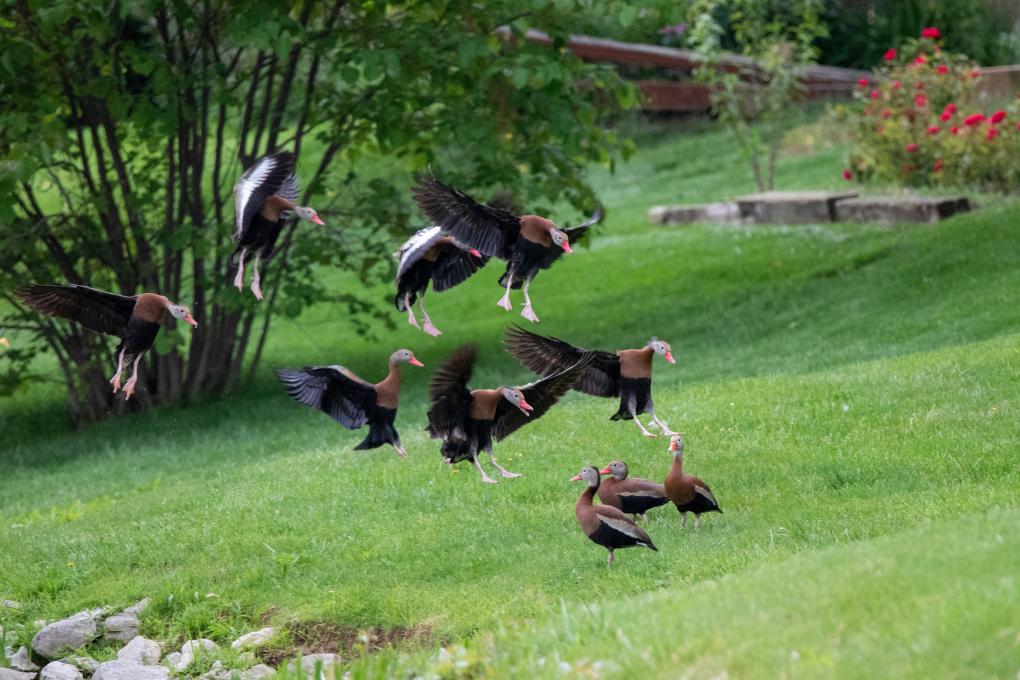WLMII
Forum Replies Created
Viewing 17 posts - 1 through 17 (of 17 total)
-
WLMIIParticipantActivity 1: One of my favorite and simple ways that birds matter is they are an easily observable, generally safe animal to get people interested in nature and conservation. My 4 year old son spotted a Mississippi Kite while I was pushing him on a swing. Those aren't super common in my area so when he saw my excitement and I told him what bird it was, he got excited about it too. Now he frequently talks about birds and where they may be flying (Florida is usually his guess). Activity 2: I usually wear some some sort of cargo pants or shorts when birding. I pick up all of the plastics I can carry and take them out of the woods with me. Activity 3: I've noticed a big increase in Bald Eagles. When I was a kid, you never saw them except for a few places on the Mississippi River. Now I see them flying over urban areas, my house, or flying in groups of three. I saw the complete destruction of urban populations of Crows hear in Missouri after West Nile wiped them out. Only recently are they starting to appear in urban areas again and their numbers in rural and suburban areas have boomed. Annoyingly I've also seen the European Starling become much more prevalent and kind of displace other birds. Activity 4: I'd like to join a birding club. It would be neat to do some volunteer to help biologists or Ornithologists in the field if an opportunity arose. This course and this year of birding did make me consider Ornithology, but I don't think that is going to happen. I would like to get a spotting scope so I can make more accurate observations of distant or hard to see birds. Its been a blast learning all of this stuff and reading other people's comments and stories. Keep up the good work!


 in reply to: Activities: Helping Birds in Your World #914831
in reply to: Activities: Helping Birds in Your World #914831 -
WLMIIParticipantI love the Sound ID too! It has been a life saver lately. Its helped me with a lot of wren IDs and silhouettes deep in swamps.in reply to: Activities: Keeping Track of Your Birdwatching #914685
-
WLMIIParticipantI've noticed the same thing. They seem to spend more time in gravel and rocks than on shores. Here is a Killdeer I found over her eggs, on rocks with rocks going on infinitely in the background. Its fascinating how all of these other birds spend so much time making nice soft, hidden nests and then a mommy-to-be Killdeer sees a gravel parking lot and thinks "Perfect."
 in reply to: Activities: Exploring Bird Habitats #913470
in reply to: Activities: Exploring Bird Habitats #913470 -
WLMIIParticipant
 An angry Red-Winged Blackbird telling me to get away from his harem. in reply to: Activities: Noticing Behaviors #903937
An angry Red-Winged Blackbird telling me to get away from his harem. in reply to: Activities: Noticing Behaviors #903937 -
WLMIIParticipantACTIVITY 1: A few weeks ago I saw two Warbling Vireos for the first time. One had some sort of caterpillar/larva in its mouth. I found them in a swamp, bouncing around on branches about 20 feet up. Then they did something that astonished me. Apparently during courtship they will get close and join beaks. The two I saw did this. Now one had a caterpillar in its mouth so maybe the other was just trying to steal it. But after joining beaks they fell several feet in a controlled descent, spinning like slow helicopter blades around their linked beaks. Their rapidly flapping wings gave them just enough lift to make this display seem intentional. I haven't been able to find anything about warbling vireos dropping through the air linked together and spinning, so perhaps this was an accident on their part but I was happy to have seen it. I've had several encounters with male Red-winged Blackbirds letting me know I was too close to their harems. They puff up get close, flash those red shoulders, make a racket, and stare daggers. I have a few photos of this. Finally, I was able to observe a few Eastern Wood-Pewees catching large Horse Flies. Two of these Pewees flew at me to catch their prey. The first got so close I felt the wind from its wings on my face. It rapidly turned away, landed on a branch, and gobbled down a massive horse fly. I guess he saved me from a bite. After swallowing the fly, the pewee brushed his beak on the branch on both sides, I guess using it as a napkin. A few minutes later I another Pewee demonstrating aerial maneuvers worthy of an air show, caught an even larger horse fly. The pewee landed on a branch holding the Horse Fly by its abdomen. The fly was buzzing its wings in a vain attempt to escape. To stop this, the Pewee slammed the fly into the branch several times. I did activity 2 and 3 but this entry has been long enough.in reply to: Activities: Noticing Behaviors #903793
-
WLMIIParticipantACTIVITY 1: Its interesting how many winter in Central and South America and then head to Canada to breed. Also interesting many birds like both the Summer Tanager and the Western Tanager avoid the Great Plains in both directions of their migration. I imaging food and shelter aren't nearly as plentiful for these types. Its amazing how far those little hummingbirds travel. I wonder why so many Ruby-throated Hummingbirds concentrate in my home state of Missouri. The Sandhill Crane's migration from the Southern US and Northern Mexico to the far north and even parts of Siberia really shocked me. I also thought it was interesting that a small portion of them just stay in Florida the whole year. ACTIVITY 2: My year-rounds in Missouri are the Northern Cardinal, Killdeer, and Northern Bobwhite. I see cardinals all of the time and Killdeer frequently. This spring was the first time I'd seen or heard a Bobwhite since I was a kid. My part of the year birds are the Common Gallinule, Screech Owl, and the Scissor-tailed flycatcher. Of these three, I have only seen the Screech Owl, way back in 2011, and for years I thought I had seen a similarly small Northern Saw-whet owl. The Common Gallinule and the Scissor-tailed Flycatcher are definite goals of mine. The latter seems like a long shot. ACTIVITY 3: It is interesting how the male American Goldfinch becomes duller but also, id a way, more ornate with bars appearing on its wings. The breeding male Common Loon reminds me of a wealthy elderly woman wearing chunky jewelry and expensive clothes while out shopping. The non-breeding winter type reminds me of that wealthy woman's landscaper. ACTIVITY 4: I expect Bald Eagles, hawks, and Cardinals to still be there. I imagine the area will be a haven for wintering American Robins. Perhaps some waterfowl but I'm not sure. Obviously the Canada Geese will still be there.in reply to: Activities: Different Seasons, Different Birds #899002
-
WLMIIParticipantACTIVITY 1: I was on a bike ride and saw 8 white doves fly out of a field. They were accompanied by 2 gray doves with white speckles and white bellies. Even with using all of the apps and sites this was kind of difficult because it turns out they are just Rock Doves or some sort of racing or homing doves. Some of them did have blue rings on their legs. I couldn't get close enough to read them. I also saw two double crested cormorants fly over, a hawk I could not identify, one red winged black bird, two turkey vultures and four American crows. ACTIVITY 2: A few weeks ago I used Merlin's Most Likely and listened to calls to get my first confirmed sighting of a Fish Crow. The call was the only way I was able to identify it. It matched the first recording on Merlin exactly. ACTIVITY 3: Until recently I had never heard of the Sandhill Crane. I didn't know it came to my area (Missouri). I used the bar chart to see that I better get going if I want to see one because my odds are about to shrink for a few months.in reply to: Activities: Local Bird Exploration #897750
-
WLMIIParticipantActivity 1: I tried to go for birds that aren't completely obvious like a Northern Cardinal or Canadian Goose. I've noticed I can tell the Common Grackle https://www.allaboutbirds.org/guide/Common_Grackle/overview , the European Starling https://www.allaboutbirds.org/guide/European_Starling/overview , and the Brown-headed Cowbird https://www.allaboutbirds.org/guide/Brown-headed_Cowbird/overview apart just by their shape. This is a recent discovery I made while driving through an area that has all three of these birds. I was able to identify them rapidly and (mostly) pay attention to driving. Activity 2: Coincidentally, all three of the birds above have similar colors and work for activity 2. All three are blackbirds with iridescent glossy effects on their feathers. The brown-headed cowbird lacks these colors and effects on its brown head and its iridescence is more subdued than the other two birds. The Common Grackle seems to have large regions of color/iridescence while the European Starling's colors are more mixed and nearly seem to be displayed feather by feather. Activity 3: Today three of the birds I saw obviously looking for food were the Blue Jay, the Green Heron, and the Blue-gray Gnatcatcher. The Blue Jay was going back and forth from low tree branches to the grass near a trail. Whatever it was finding, a bug I assume, it would pick up, tilt its head back, and quickly gobble down the snack. The Green Heron was quietly and slowly searching through the tall reeds lining a shallow pond. I didn't observe him make any catches. Finally, I saw what I believe to be a female or immature Blue-gray Gnatcather. It was darting around, back and forth across a path from tree to tree. Constantly searching, something caught her eye. She hopped up to what appeared to be part of a branch. Suddenly she snapped it up and it began to thrash. It was some kind of insect larva. I have photos of this event:


 Activity 4: Right now, my favorite bird is the Pied-Billed Grebe. It's a cute bird that at first appearance may be confused for a small duck. Closer inspection shows it to have a shorter and sharper bill with a black ring (in season) vertically crossing both the upper and lower bills. The ones I've seen this year were reddish-brown and their bills were light gray. They have a long neck like a duck but a very understated pointy tail. Unlike ducks, they look very wet when returning from a dive. Unlike most ducks, they completely submerge and stay submerged for some time. They dive for fish and other aquatic animals. I have not been able to hear them make a sound yet. This is the first year I even knew they existed but I am now a very big fan. in reply to: Activities: Bird ID Practice #894641
Activity 4: Right now, my favorite bird is the Pied-Billed Grebe. It's a cute bird that at first appearance may be confused for a small duck. Closer inspection shows it to have a shorter and sharper bill with a black ring (in season) vertically crossing both the upper and lower bills. The ones I've seen this year were reddish-brown and their bills were light gray. They have a long neck like a duck but a very understated pointy tail. Unlike ducks, they look very wet when returning from a dive. Unlike most ducks, they completely submerge and stay submerged for some time. They dive for fish and other aquatic animals. I have not been able to hear them make a sound yet. This is the first year I even knew they existed but I am now a very big fan. in reply to: Activities: Bird ID Practice #894641 -
WLMIIParticipantNice find! What kind of owl is he?in reply to: Activities: Exploring Birds #887536
-
WLMIIParticipant
@Helen great photo and great memories. My 4 year old son is interested in getting birds to eat out of his hands but he gets a little too boisterous when they come near. We may have to wait a bit.
in reply to: Activities: Exploring Birds #880813 -
WLMIIParticipantImagine if this trained them to see owls as prey.in reply to: Activities: Exploring Birds #880808
-
WLMIIParticipantCool photo and cool opportunity!in reply to: Activities: Exploring Birds #880806
-
WLMIIParticipantI just saw a Northern Flicker for the first time this week. Awesome sight. Thanks for sharing.in reply to: Activities: Exploring Birds #880805
-
WLMIIParticipantWhat a great find! I just observed a Northern Flicker for the first time a few days ago and I was thrilled.in reply to: Activities: Exploring Birds #880804
-
WLMIIParticipant
@Erin Thank you! I got to enjoy these guys for about two weeks so I got a bit of practice. I wish it was all skill but I was bound to get a few keepers with the spray and pray method.
in reply to: Activities: Exploring Birds #880803 -
WLMIIParticipantIt is nice to have an consistent subject to photograph. I have a lot of Robin photos for the same reasons, everywhere and easy to find and photograph. I'm sure you've seen that even common sights like the Mourning Dove and American Robin can reveal a lot when observed for a while through a camera lens. Thanks for sharing.in reply to: Activities: Exploring Birds #880802
-
WLMIIParticipantActivity 1: I picked the Northern Cardinal, Wood Duck, Great Blue Heron, and the Blue-gray Gnatcatcher. I've had some recent encounters with these birds so they stood out the most to me as ones I wanted to learn more about. Activity 2: 3 birds that I've seen recently are the Red-headed Woodpecker which is rare in my region, the Ruby-Crowned Kinglet which made an appearance outside my kitchen window this morning with that ruby crown exposed, and a male breeding plumage Yellow-Rumped Warbler. Activity 3: Unfortunately I don't have a photo of my favorite bird which I've seen in my neighborhood. It is the Pied-billed Grebe https://www.allaboutbirds.org/guide/Pied-billed_Grebe/id . They are charming little aquatic birds frequently seen near ducks. Their small size makes them look like a juvenile duck until one gets a closer look. A sharp, thick bill with a black ring on it is the first distinguishing feature. Unlike most ducks, they will completely submerge and stay down for quite a while. They look wet when they return to the surface, unlike ducks with their waterproof plumage. Their scruffy-looking feathers and childlike appearance remind me of my 4-year-old son which is one of the reasons these grebes are my favorite. Another reason is these are a recent discovery for me; I had no idea they existed and if I have seen them before, they remained anonymous. In second place is the Black-bellied Whistling Duck. I live in Missouri, so seeing a large group of these ducks (who mostly stay in Central America) at my neighborhood lake was quite a treat! I have photos of these:


 in reply to: Activities: Exploring Birds #880106
in reply to: Activities: Exploring Birds #880106
Viewing 17 posts - 1 through 17 (of 17 total)

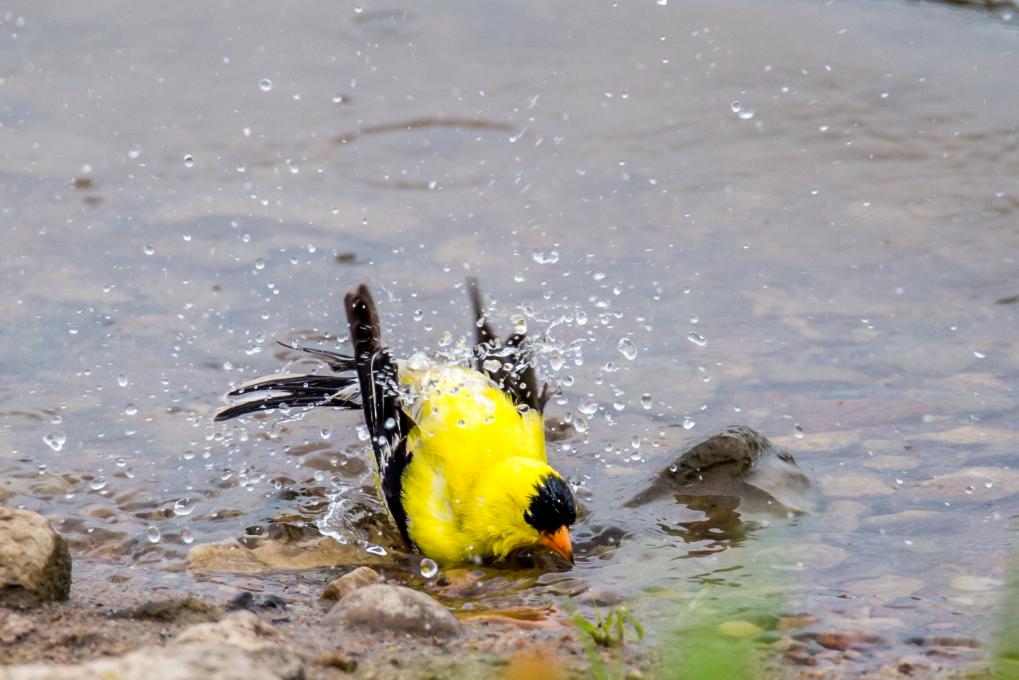
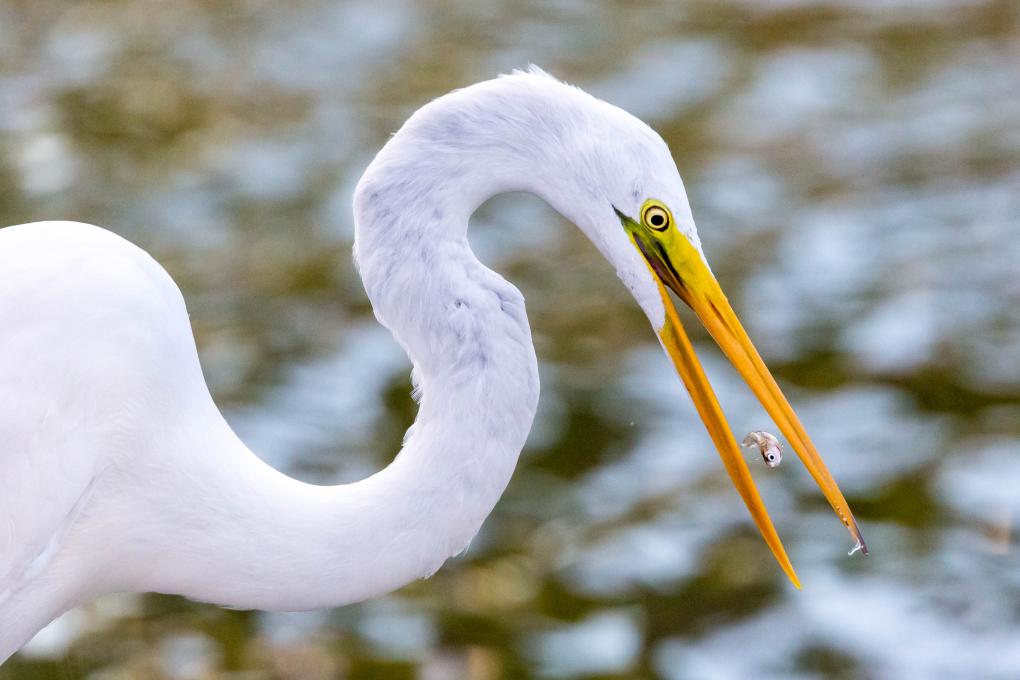
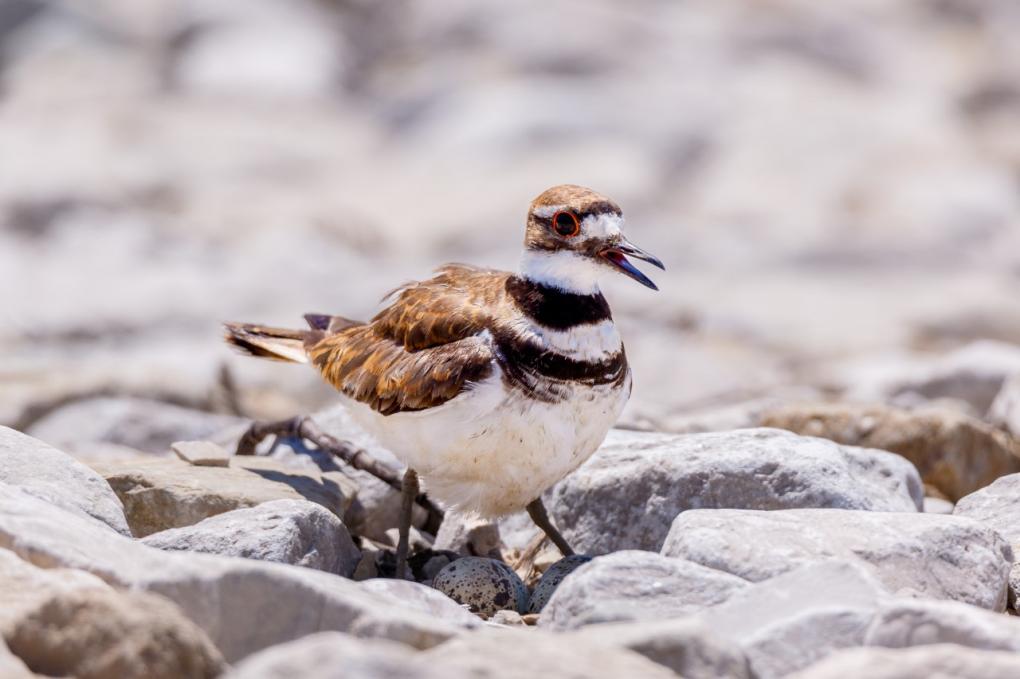
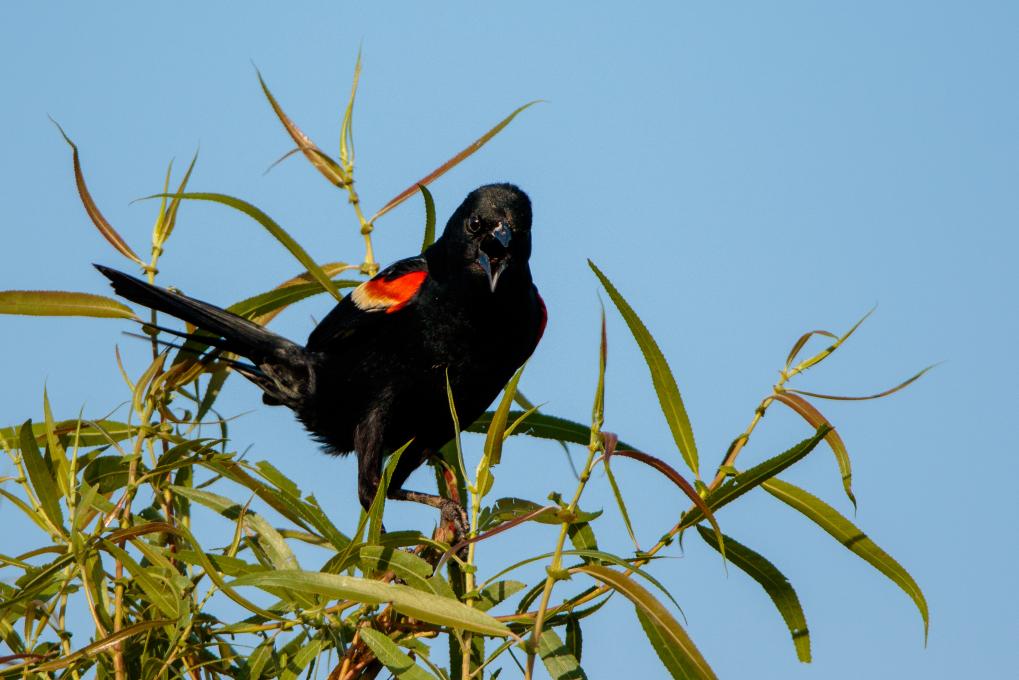 An angry Red-Winged Blackbird telling me to get away from his harem.
An angry Red-Winged Blackbird telling me to get away from his harem. 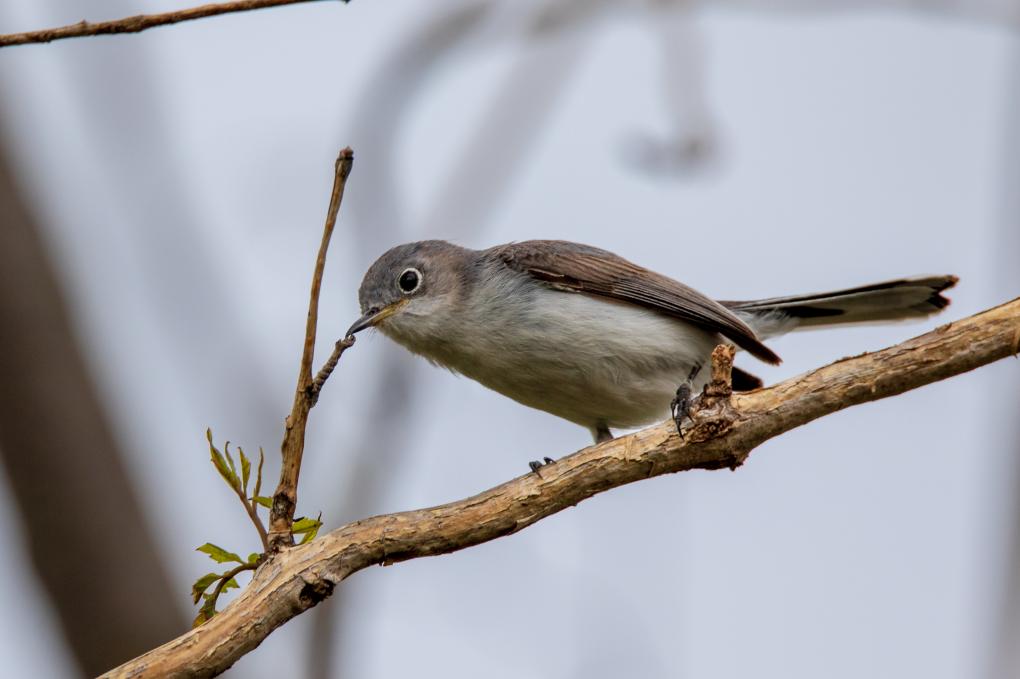
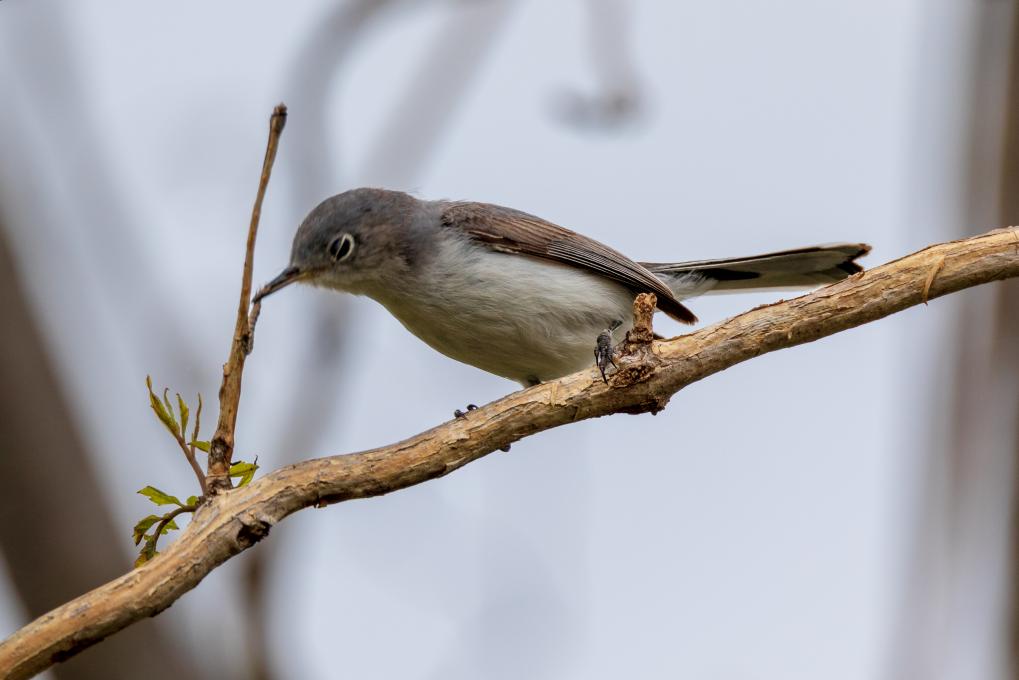
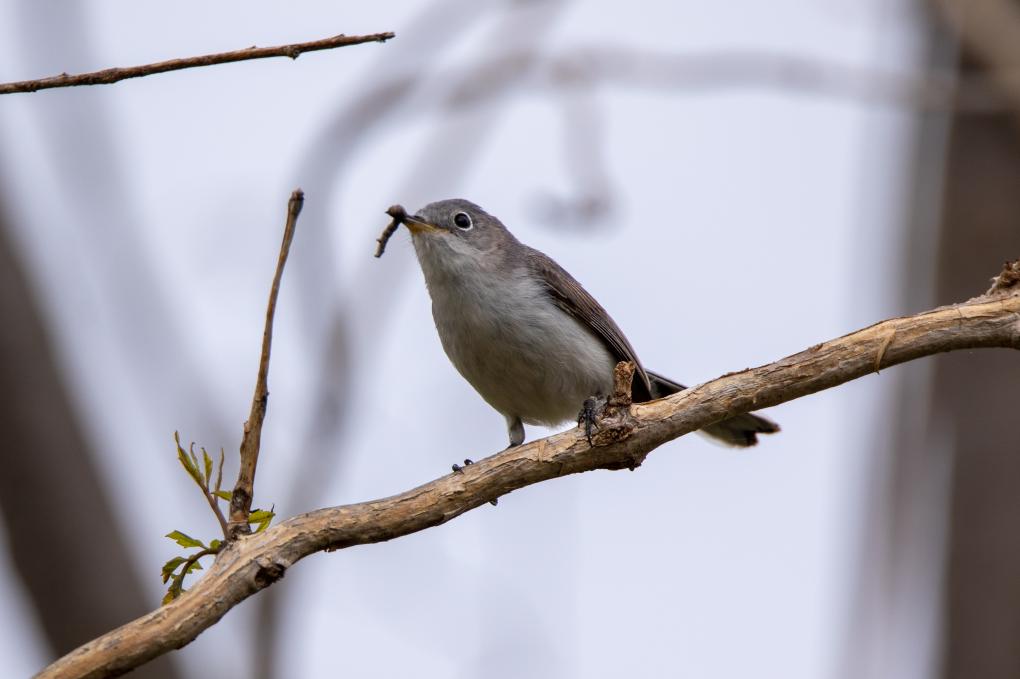 Activity 4: Right now, my favorite bird is the Pied-Billed Grebe. It's a cute bird that at first appearance may be confused for a small duck. Closer inspection shows it to have a shorter and sharper bill with a black ring (in season) vertically crossing both the upper and lower bills. The ones I've seen this year were reddish-brown and their bills were light gray. They have a long neck like a duck but a very understated pointy tail. Unlike ducks, they look very wet when returning from a dive. Unlike most ducks, they completely submerge and stay submerged for some time. They dive for fish and other aquatic animals. I have not been able to hear them make a sound yet. This is the first year I even knew they existed but I am now a very big fan.
Activity 4: Right now, my favorite bird is the Pied-Billed Grebe. It's a cute bird that at first appearance may be confused for a small duck. Closer inspection shows it to have a shorter and sharper bill with a black ring (in season) vertically crossing both the upper and lower bills. The ones I've seen this year were reddish-brown and their bills were light gray. They have a long neck like a duck but a very understated pointy tail. Unlike ducks, they look very wet when returning from a dive. Unlike most ducks, they completely submerge and stay submerged for some time. They dive for fish and other aquatic animals. I have not been able to hear them make a sound yet. This is the first year I even knew they existed but I am now a very big fan. 